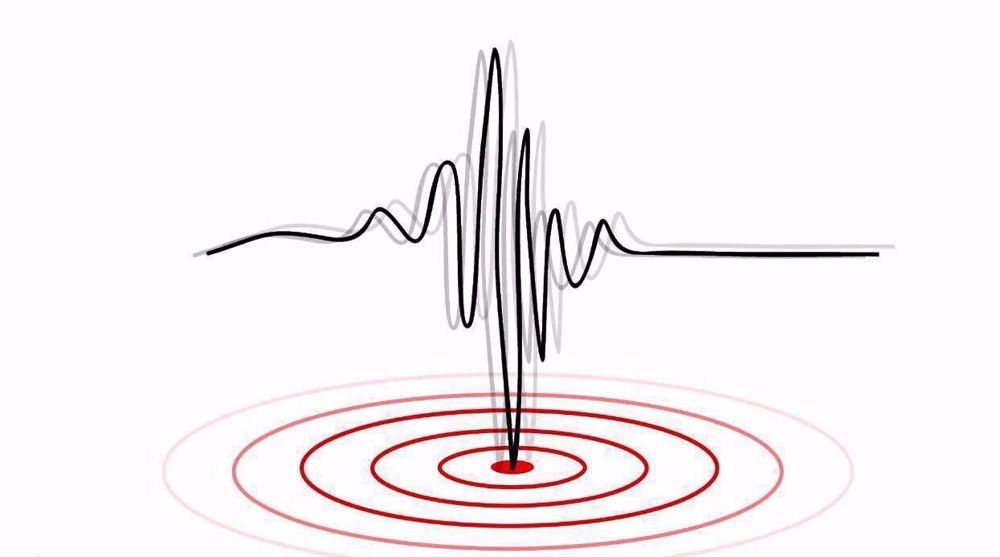TRAPPIST-1’s worlds too far away to be relied on for a rainy day
Despite the immense splendor and the majestic grandeur of the cosmos, its colossal distances bitterly mock both our current technology and our brief lifetimes, hugely disheartening us to think of traveling to farthest reaches of the space, the depths of the universe. However, once a world, roughly like our planetary home, is detected somewhere in the immensity of the cosmos, a wave of joy runs through our souls, making us feel that our solitude in the incomprehensible universe is finally eased, though we know that the newly found planet is massively far beyond the grasp of our chemical rockets.
Just a few days ago, the US National Aeronautics and Space Administration (NASA) announced that its Spitzer Space Telescope had discovered seven Earth-like planets orbiting around an ultra-cool dwarf star, roughly the size of Sun’s largest offspring Jupiter in diameter, called TRAPPIST-1, located in the constellation Aquarius over 39 light years away from us.
The initial report about the discovery of the alien solar system, however, came last May, when an international team of astronomers from the MIT and the University of Liège in Belgium announced at the time that they had discovered three rocky planets around TRAPPIST-1, which emits a tiny fraction of our Sun's total luminosity, is a bit less than half as warm as the Sun and is about one-twelfth our star’s mass.
All of these planets share similarities with Earth, at least three of which are in the habitable zone, the orbital region surrounding a star in which planets have conditions capable of sustaining liquid water, a key ingredient to life as it is known on Earth. However, new findings suggest that all the seven worlds are tidally locked to their host sun, meaning that each one has a permanent dayside and a perpetual nightside, making the development of life on them much more challenging.

Regardless of the appalling distance from Earth, some 229 trillion miles, we might be eager to know that, using our current space technology, how long it would take to reach the present location of this alien solar system. The calculation is not complicated. You can simply determine the total time needed to reach there by dividing the distance to TRAPPIST-1 by the spacecraft's speed.
The fastest spacecraft ever launched, NASA’s New Horizon spacecraft, which flew past the dwarf planet Pluto in 2015, is currently dashing out of our solar system at about 32,000 miles per hour. Traveling with this speed, it would take the New Horizon some 817,000 years to reach TRAPPIST-1 and its offsprings.
NASA's Juno spacecraft, which has a mission to study Jupiter, attained a top speed of about 165,000 miles per hour, using its massive gravity, for a period of time, when it approached the gas giant in 2016. To reach the dwarf star with this spacecraft, providing that Juno constantly travel that fast, we must wait some 159,000 years before we visit the alien planets.
But how about traveling with NASA’s space shuttle, which orbits our planet at a maximum speed of about 17,500 miles per hour? We will reach TRAPPIST-1's current location some 1.5 million years later if we travel with the speed of this spacecraft.

Life on Earth began some four billion years ago and evolved by common descent from a single primitive life form. Until 540 million years ago, when an evolutionary event called the Cambrian explosion produced most major animal phyla, life was mostly single-celled and sparsely multi-celled, far from being complicated and diversified as we see during the eras and periods that came after the mysterious event.
Has life, if any, formed on some of these alien planets? Are its basic ingredients similar to the one we have already on Earth? Has it undergone the same pattern as the one we have so far detected, through paleobiological research, on Earth? Is the alien life as diversified as the one we have on Earth? Is there an advanced alien civilization on one or some of these planets, capable of launching spaceprobs as we have done so far?
We simply do not have any conclusive answer to the above questions. However, we must keep in mind that there is a long way from a single-celled organism to an advanced civilization, created by intelligent life forms. On Earth, as the only example we have seen to harbor life, the evolution paved some four billion years to see a human civilization.
VIDEO | Yemeni forces repel US-British attack, down F-18 Jet
Iran’s capabilities vast; enemy’s ‘maximum pressure’ policies all failed miserably: Senior official
Iran’s economy grew 2.7% y/y in Sep quarter: CBI
VIDEO | Freelancers in Gaza strive to stay online amid genocide
Mikati demands Israel's withdrawal from south Lebanon
Yemeni army strikes Israeli military sites with drones
‘Clock ticking’: UNRWA slams unjustifiable killing of children in Gaza
BP to be sued in Britain for supplying oil to Israel
















 This makes it easy to access the Press TV website
This makes it easy to access the Press TV website